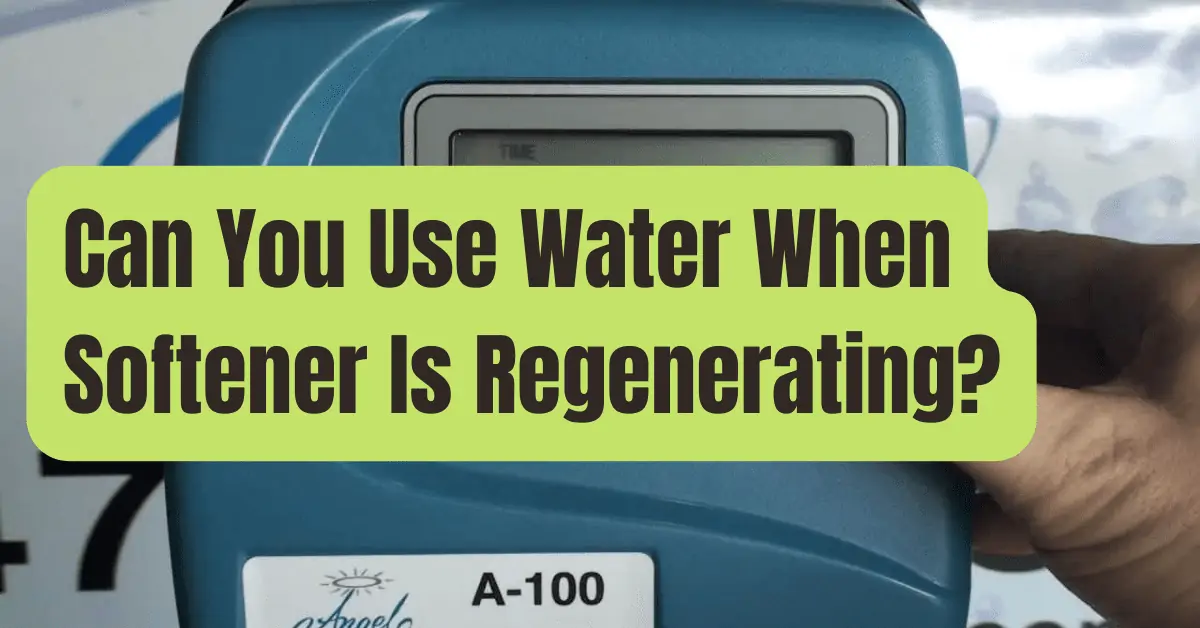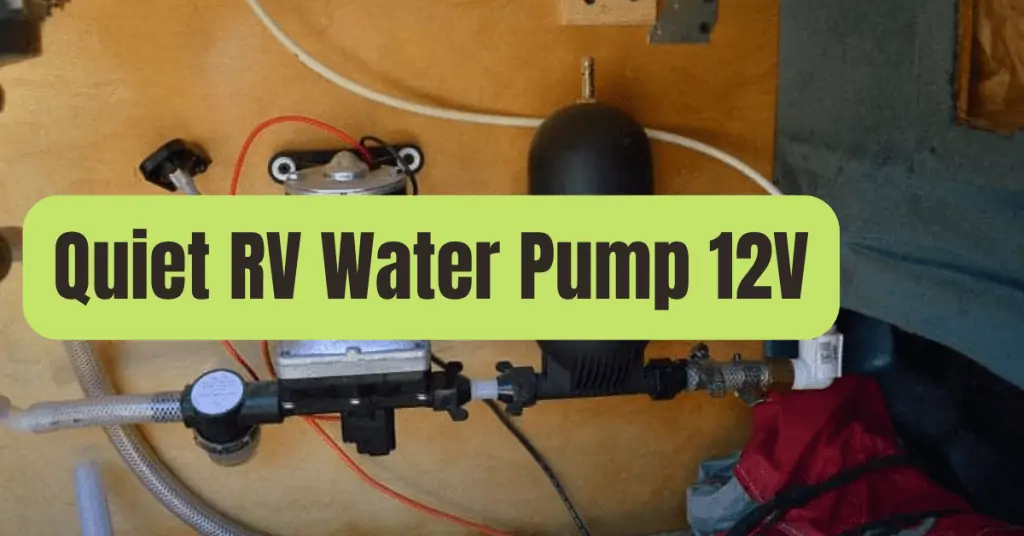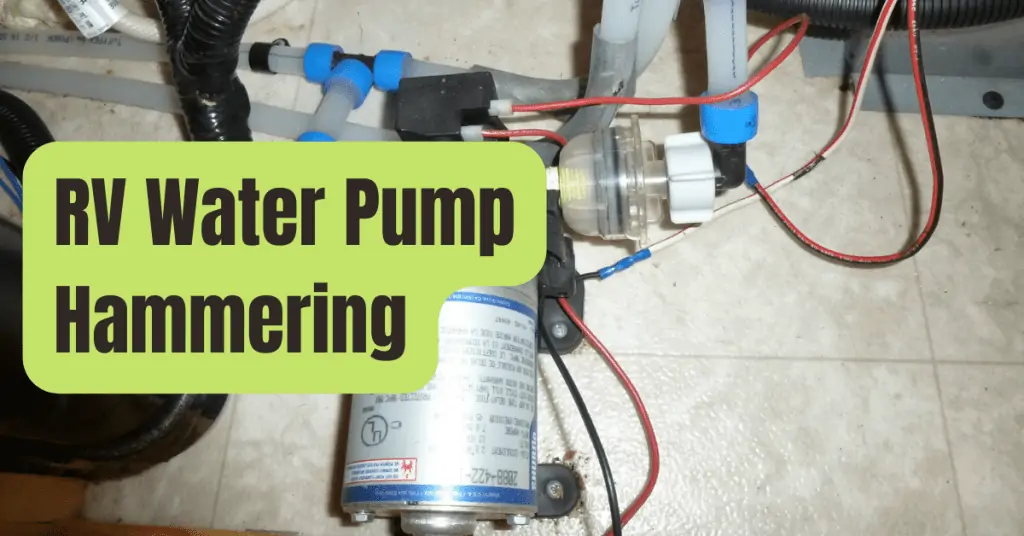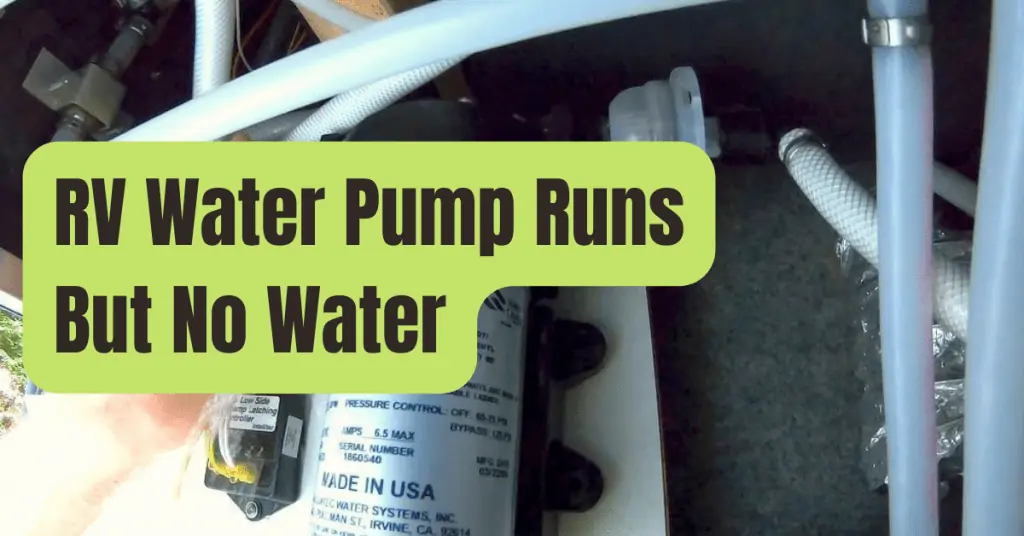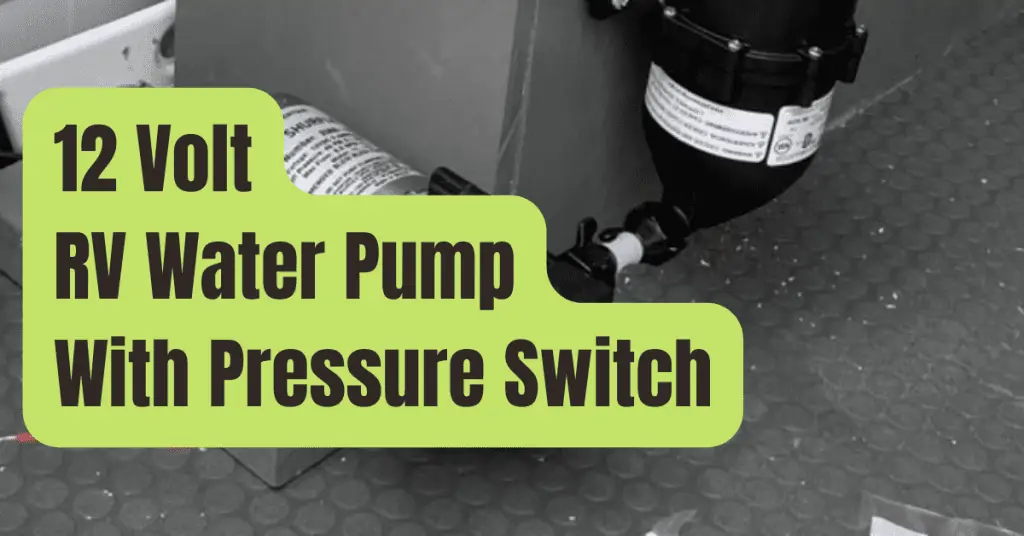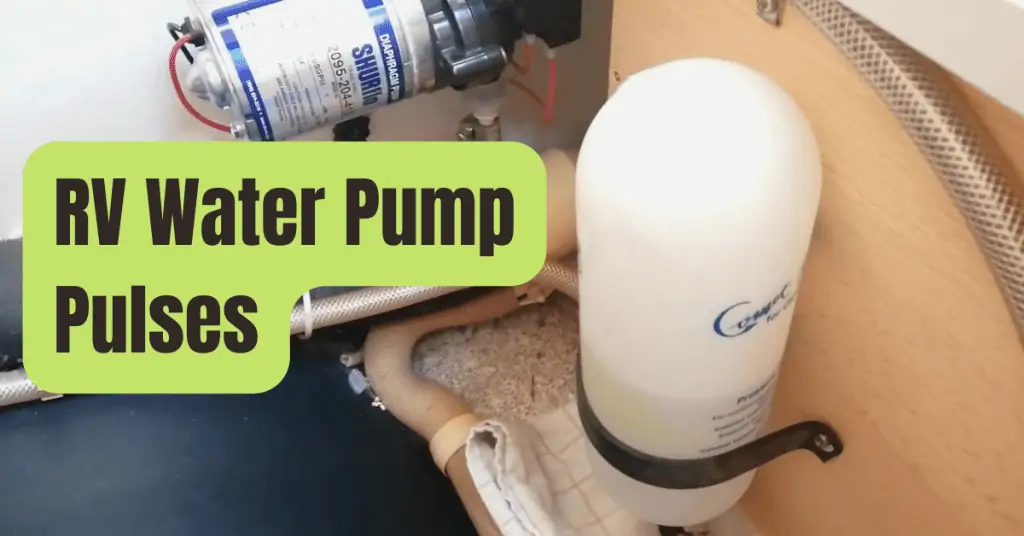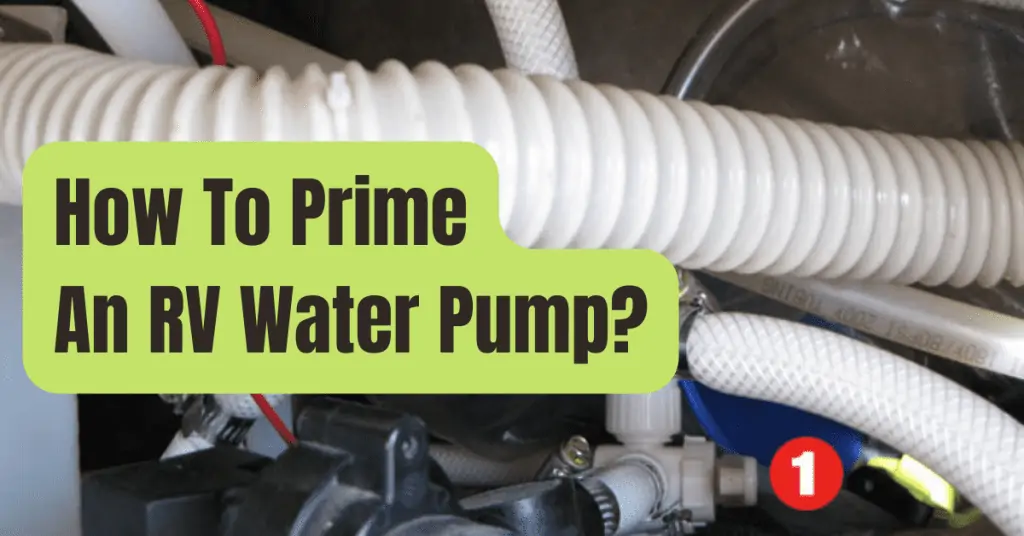You just put in a new water softener, and you’re wondering whether you may use the water while it regenerates.
The majority of water softeners are pre-set to regenerate (also known as clean themselves) at night.
When it’s anticipated that most households won’t be utilizing water, this often occurs between 2 and 4 in the morning.
The softener is automatically switched to bypass mode during regeneration.
If any tap is opened while the softener is in bypass mode, hard water may enter the house.
Water is once again sent through the resin bed to be softened once the softener has been allowed to regenerate.
A pressurized system is used to operate your water softener.
When your water softener is regenerating, avoid running water elsewhere in the home.
If you do, water will be drawn away from the softener.
So, if your water softener is regenerating, can you take a shower? Showering is possible while your water softener regenerates, although low water pressure is possible.
Don’t anticipate the soft, soapy lather that you are used to if your water softener is an electric, single-tank system since the water in your shower will be hard, untreated water.
What Occurs During A Water Softener’s Regeneration Process?
We must fully comprehend what occurs during regeneration in order to answer this issue, as well as what will happen to your water if you decide to take a shower while your water softener is renewing.
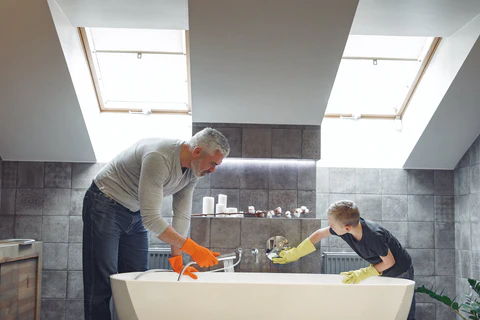
Hard water, which has a high mineral content of calcium and magnesium and is present in many households, has drawbacks that you are probably well aware of.
Do these things — cloudy glasses, soap that doesn’t foam, dry skin, lifeless hair, stains on porcelain, and scum buildup around faucets and pipes — sound familiar to you? This is the reason why so many households have decided to install a water softener in order to avoid the problems caused by hard water.
Regeneration is the process through which your water softener converts hard water to soft water.
The Majority Of Water Softeners Undergo 5 Rounds Of Regeneration:
- Your water softener receives hard water, which filters down through the resin where the ion exchange takes place.
- Hard water minerals like calcium and magnesium exchange with the resin bed for an equivalent quantity of sodium during the ion-exchange process (salt). Or to put it another way, here is where the calcium and magnesium are removed from the water.
- After the ion exchange is complete, calcium and magnesium are drained away by dispersing a brine solution.
- The softener then undergoes one last flush to remove any potential calcium magnesium residues.
- When the water finally reaches the tank’s bottom, it has been softened and is ready for use.
Traditional single-tank water softeners will utilize water separate from the water entering the residence when they begin their regeneration cycle.
Water from your water source will be used instead of water that has been forced through the system.
Iron, hardness, and any other problems that your water softening system typically treats won’t be addressed.
Therefore, any water you consume while the softener is in regeneration mode will be replaced with untreated, hard water, which may also include iron if your water contains iron as well.
You will be utilizing hot water from your hot water boiler tank while a single tank water softener regenerates if you take a hot shower, and your hot water boiler tank will subsequently be refilled with untreated, hard water.
When A Water Softener Is Regenerating, What Happens If You Use Water?
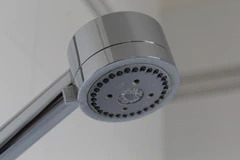
This occurs if you’ve done it in the past.
Any water you consume during this period won’t be softened since an electric water softener will bypass itself at the start of the regeneration process.
The water will feel hard during your shower and you can acquire hard water stains on your fixtures if your water is hard or contains iron.
The major issue with a non-electric water softener is that you won’t be able to predict when the device will enter its regeneration cycle.
Many individuals lament that since their non-electric system restarts while they are taking a shower, the water pressure might decrease significantly.
This is so that a non-electric water softener, which has no internal clock, will only renew when water use prompts it to do so.
There is a remedy for this erratic regeneration of a non-electric water softener if the water pressure in your house is low, but it’s expensive and there have been complaints of issues with it.
Purchase a water softener-like electric timer device that can be connected to the system, thereby turning it into one.
The non-electric water softener may be programmed to regenerate at a certain time, much like a conventional electric water softener, with the help of this timing device.
The timer often costs a few hundred dollars and effectively converts the non-electric water softener into an electric water softener that you could have purchased initially and most likely for a lot less money.
Make sure the clock is set properly if your electric water softener is renewing when you typically take a shower.
It should be regenerating about 2 am when no water is being utilized.
Take Care Of Your Water Heater!
Your hot water heater will begin to fill up with hard water if your water softener were to regenerate while you were using water.
This will be followed by a string of hard water issues, such as white scaling on your appliances and countertops.
Improper water treatment is one of the main reasons of poor boiler performance.
Scaling, an irreversible condition that damages boiler tubes, may be brought on by improper water treatment or by not treating your boiler’s water at all.
Boiler water should always be passed through a water softener before being given to the boiler to prevent scaling.
Calcium and magnesium, two hard water minerals that may damage boiler tubes and produce scaling, are removed by a water softener.
Scale accumulations may obstruct effective heat transmission, lower boiler performance, cause expensive downtime, and possibly cause an early boiler failure.
Limescale deposits within the pipes may interfere with heat conduction in addition to blocking the pipes and obstructing the free passage of steam and water.
Once again, this will force your boiler to work harder, increasing your fuel costs.
In the radiator, calcium carbonate may also accumulate.
As a result, your house will seem cooler and your radiators will develop cold spots.
What Is The Best Way To Alter The Time My Water Softener Regenerates?
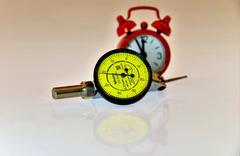
The ease of setting the regeneration time will depend on the make and type of water softener you have.
It’s a good idea to familiarize yourself with the water softener handbook as well.
At the very least, know when to undertake routine maintenance, how to troubleshoot if it doesn’t renew correctly.
Setting the clock to the desired time will cause your water softener to renew, which is a straightforward method for modifying the time it does so.
Set the time back two hours, for instance, if you want the softener to renew after two hours.
It’s as simple as turning the clock forward 4 hours if you want it to renew 4 hours sooner.
How Much Time Does It Take A Water Softener To Regenerate?
A water softener is operating in “bypass” mode while it regenerates.
This implies that when the cycle sequence your softener uses to operate is running (about 2 hours).
However, just because your water softener is programmed to run continuously until two in the morning does not indicate that you will start getting hard water when the soft water runs out.
To avoid this, the majority of softeners offer a reserve capacity setting.
For instance, if your water softener has a capacity of 1,000 gallons, it may be designed to keep 200 gallons in reserve.
Therefore, your water softener will be prompted to regenerate that evening after it has generated 800 gallons.
This means that even if you use all 800 gallons of your available soft water and you just finished your morning shower at 6 a.m., you will still have 200 gallons of soft water available to you so that you won’t have hard water while your softener regenerates.
Always contact a competent water softener technician to have a look if you suspect that your water softener is not operating as it should.
Conclusion
It’s a good idea to familiarize yourself with the water softener handbook as well.
Check to verify whether your water softener is regenerating if you see a sudden decline in water pressure or detect hard water flowing from your tap.
Have more inquiries? Call the Aquatell professionals, and let’s troubleshoot together!

